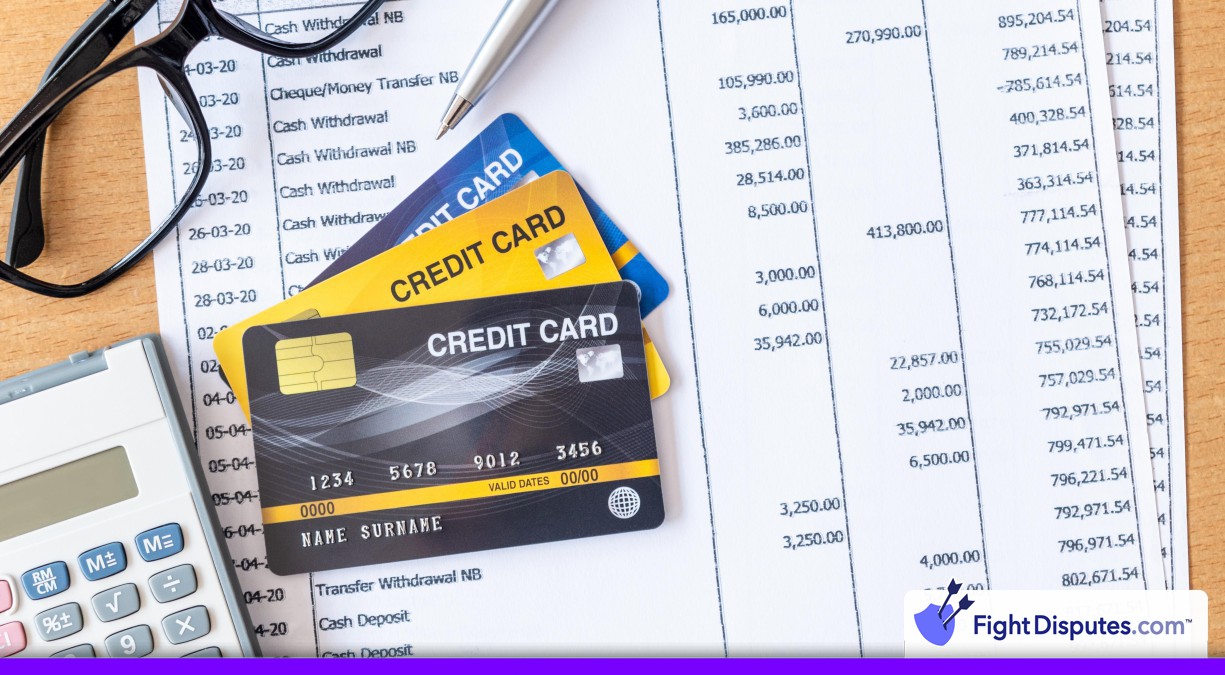12.3: Incorrect Currency
12.Currency chargebacks happen when transactions are processed in the wrong currency or when the automatic currency conversion happens without the customer having said yes first.
Merchants who work with international customers or run businesses in tourist areas get hit the hardest because currency mistakes happen all the time during busy transaction periods. What makes this even worse is that customers have up to 120 days to dispute these charges, so a customer could challenge a charge even months later.
The bright side is that merchants who list their currency options plainly and get customer approval first can remove these disputes almost completely while building stronger customer trust at the same time.
Let’s look at how these avoidable chargebacks develop and what steps merchants can take to protect themselves.
How It Works
The way this whole currency mess unfolds goes back to where the problem started. Most point-of-sale systems will just go ahead and convert the currency on their own without ever bothering to check with the customer first. Automatic currency conversion is supposed to make life easier. It happens all the time as the terminal assumes it’s doing everyone a favor by automatically charging in the customer’s home currency. The main problem is that the exchange rate could be bad. The customer doesn’t even get to see what rate they’re charged let alone choose something better if they want to. Sometimes it’s actually your staff who accidentally picks the wrong currency option and maybe they think they already know what the customer prefers and just skip asking about it altogether.
The actual problem starts when the customer opens their credit card statement a few days later. They look at a charge amount that makes no sense to them. They remember paying €100 for something. But their statement shows a charge for $120 instead. The exchange rate that your payment processor decided to use probably wasn’t anywhere close to what the customer thought they’d be paying.
Once customers see that there’s been a currency mix-up like this, most of them will call their bank and file a dispute. From their perspective they have proof that they expected to pay one amount but they ended up being charged something very different. The bank is going to look at the situation and will probably agree that it’s a legitimate reason to reverse the charge. The bad news for you is that you’ll probably face a chargeback. Your payment processor will send you a notification about the dispute and now you’re stuck trying to prove that the transaction was actually legitimate. That it was completely authorized.
How it Affects Chargeback Prevention
Your dispute ratio carries more weight with payment processors than most merchants know. Every month they’re calculating the number of chargebacks you receive compared to your total number of transactions. What especially grabs their attention are those preventable disputes – especially the ones with 12.3 currency codes – because these point to internal business problems instead of fraud or other outside issues. Getting hit with too many of these preventable chargebacks means you’re looking at higher processing fees or worse, you could lose your merchant account.
The upside here is that currency-related chargebacks are completely avoidable with the right approach. Make your currency information impossible to miss on your website and on your receipts. Each page where prices appear needs to show the currency front-and-center. No exceptions.
When offering currency conversion services, you have to get permission from each customer before running the payment. Add a separate checkbox or button that customers can actively click to accept the conversion. Don’t hide it in the terms and conditions where nobody will ever see it. Make the option obvious and give customers a genuine choice between paying in their home currency or yours.
Your staff plays a big part in preventing these disputes as well. You need to train them on these currency requirements and make sure they record every customer’s choice during the transaction. Even one confused employee who doesn’t get these requirements can wind up causing multiple chargebacks if they process currency conversions the wrong way.
Example Scenarios
A guest from Japan hands over their card to pay for their hotel stay. Your payment system processes everything in yen without asking them first. But here’s the problem – they actually wanted to pay in dollars because their company takes care of reimbursements in USD. Now they’re stuck with the unexpected conversion fees and 2 weeks later your hotel gets hit with a chargeback.
Maybe you’re running an e-commerce business instead. A customer from Germany browses your website and sees prices displayed in euros the whole time. They add items to their cart and everything still shows euros through the checkout process. But when the payment goes through, your system charges them in dollars. The customer opens their statement and sees a very different amount than what they expected to pay. At that point a dispute is going to happen.
Restaurant owners face the same headache with currency conversion. Your payment terminal may prompt you to convert foreign cards to the customer’s home currency. During a busy dinner rush, that screen flashes by so fast and customers tend to miss what it says. They don’t see that they’ve been signed up for Currency Conversion with all its extra fees. Later when they check their statement they start asking themselves why the charge is higher than the menu price they remember.
These situations are more common across all types of businesses. The pattern is always the same – customers expect to pay one amount or in one currency. But they get charged something different. When that happens they feel like something sneaky went on and it never ends well for your business.
Requirements and Timeframes
Receive a reason code 12.3 chargebackand you have much less time to respond. The window shrinks to only 20-30 days from the time the notification hits your inbox and this deadline actually changed back in 2019 after the card networks decided to shorten the original 30-day period. The clock starts ticking the second that chargeback lands in your business email – not after you finally open it and read through everything.
Missing that deadline means you lose the dispute automatically. No exceptions, no extensions and no second opportunities – that’s why you need to check for chargebacks every day.
All the documentation needed to fight these disputes has to be organized and ready to go before any problems even show up. Transaction receipts that obviously show which currency your customer picked will be your strongest defense. Signed authorizations need to be on hand if currency conversion was used for that transaction. System logs that show the right currency during checkout will help strengthen your case. Also any emails or text messages with the customer about that particular transaction will matter during your response.
The hard part about keeping all these records is the timeline involved.Cardholders can dispute any given transaction for up to 120 days, so you need to hold on to everything for at least 4 months. Better yet make it 5 just to be safe. Online storage makes the whole process much easier to manage. But getting those files organized matters so they can be found fast once that chargeback notification shows up in your inbox.
Frequently Asked Questions
What documentation do I need to fight a 12.3 dispute?
Currency disputes might look messy on the surface. But most of them just come down to having the right paperwork ready when you need it. What drives me crazy about these chargebacks is how easy they would have been to avoid with better paperwork and more direct communication during the original transaction. Customers need to know which currency they're being charged in and they need to agree to any conversion fees first - otherwise you'll wind up with disputes later on.
Working with merchants on these cases shows that the businesses that handle currency disputes well are the ones that get their documentation systems set up before any problems show up. They make sure that their payment processors are set up from day one. Their staff understands why customer consent for currency conversions matters and they keep records of each and every transaction that deals with multiple currencies.
Wrong currency processing usually happens because of merchant errors or technical glitches with your systems. But DCC disputes are all about presenting currency conversion options to customers without getting consent first. These two types of problems usually get lumped together under the same chargeback reason code and can be confusing. But they need very different prevention strategies. System checks and automated controls work well for stopping currency errors. But strong consent protocols help you stay away from DCC problems. DCC disputes include extra fees that the customer didn't agree to whereas straight currency processing errors might actually benefit the customer depending on how the exchange rates work out that day. Once you find where your vulnerabilities are, you can protect your business way better.
 Call (844) NO-DISPUTES
Call (844) NO-DISPUTES




